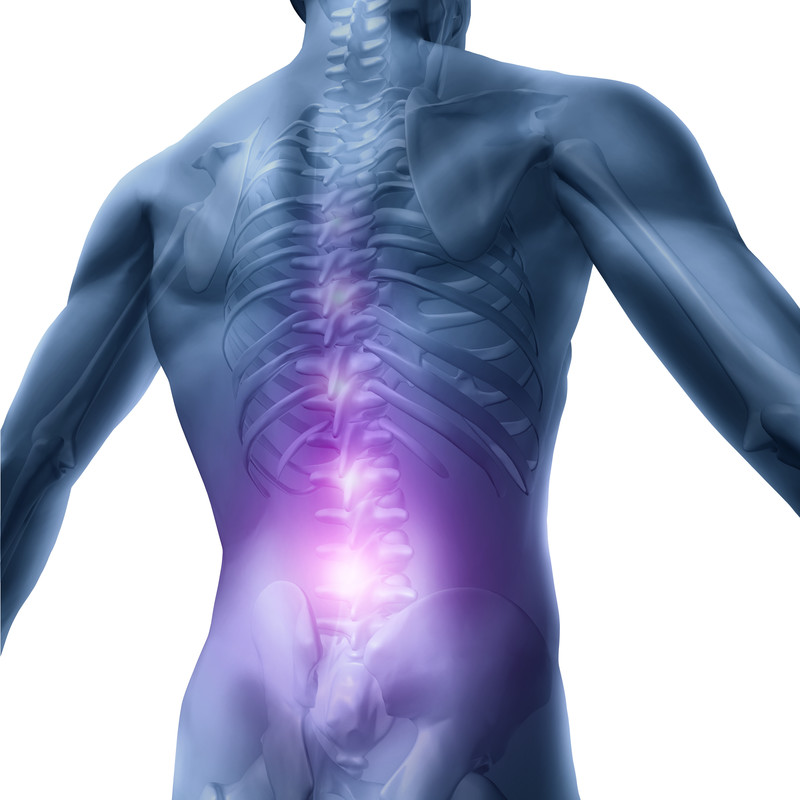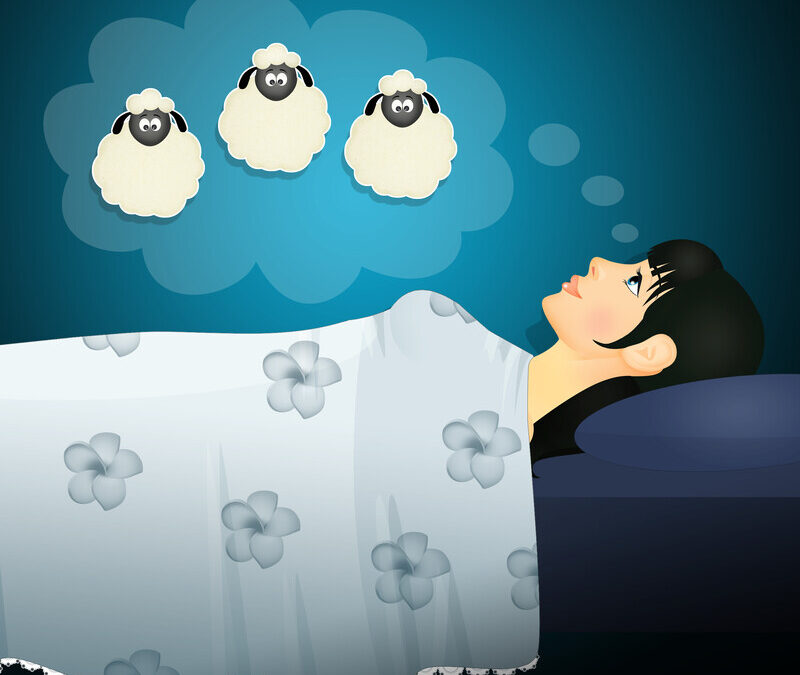
Intrathecal therapy helps cancer related chronic pain. Studied by researchers, and how it improved people’s quality of life living with cancer and after cancer. Specifically, the advances made in technology and medicine. According to the National Cancer Institute, there were 1.7 million new cases of cancer each year in the U.S. Forty percent of men and women had diagnosed at some time in their life (1).
A study in the journal Pain Medicine December 2016 issue, shared intrathecal therapy for cancer-related pain (2). Thus, reported that rate of cancer survivorship has been moved treating cancer-related pain from short term to a one long-term chronic pain management. As a result, it was beneficial for cancer patients -related pain to use intrathecal therapy.
Intrathecal therapy helps cancer related chronic pain provides relief, also, helping reduce concerns of the patients. Alternative therapy is consider using an oral opioids. In the issue of 2014 Journal of Pain Research, it described delivering medications intrathecally much reduced doses as compared with oral therapy. Also, there was a such reduction in the adverse effects (3).
Intrathecal therapy name as a “pain pump.” To demonstrate, its implanted under the skin in the abdomen. Then, using a catheter to deliver medication in the spinal fluid. The implantation surgery usually takes 2-3 hours. This type of therapy considered less side effects than equal amount of oral and IV pain medications. The pump has been replaced every 6-7 years. In that case , this requires another minor surgery.
Those patient suffering from a cancer-related chronic pain may ask doctor if intrathecal therapy helps cancer related chronic pain, but also, will it be good for them. As, the shift continues in cancer survivorship, more people will need an effective chronic pain management. Moreover, the intrathecal therapy offers option. As well as, hope to find such relief and a better quality of life.
Sources:
- National Cancer Institute. Cancer Statistics. https://www.cancer.gov/about-cancer/understanding/statistics
- Pain Medicine. 2016 Dec;17(12):2404-2421.
https://www.ncbi.nlm.nih.gov/pubmed/28025375
- Journal of Pain Research. 2014; 7: 615–626.
https://www.ncbi.nlm.nih.gov/pmc/articles/PMC4227625/







